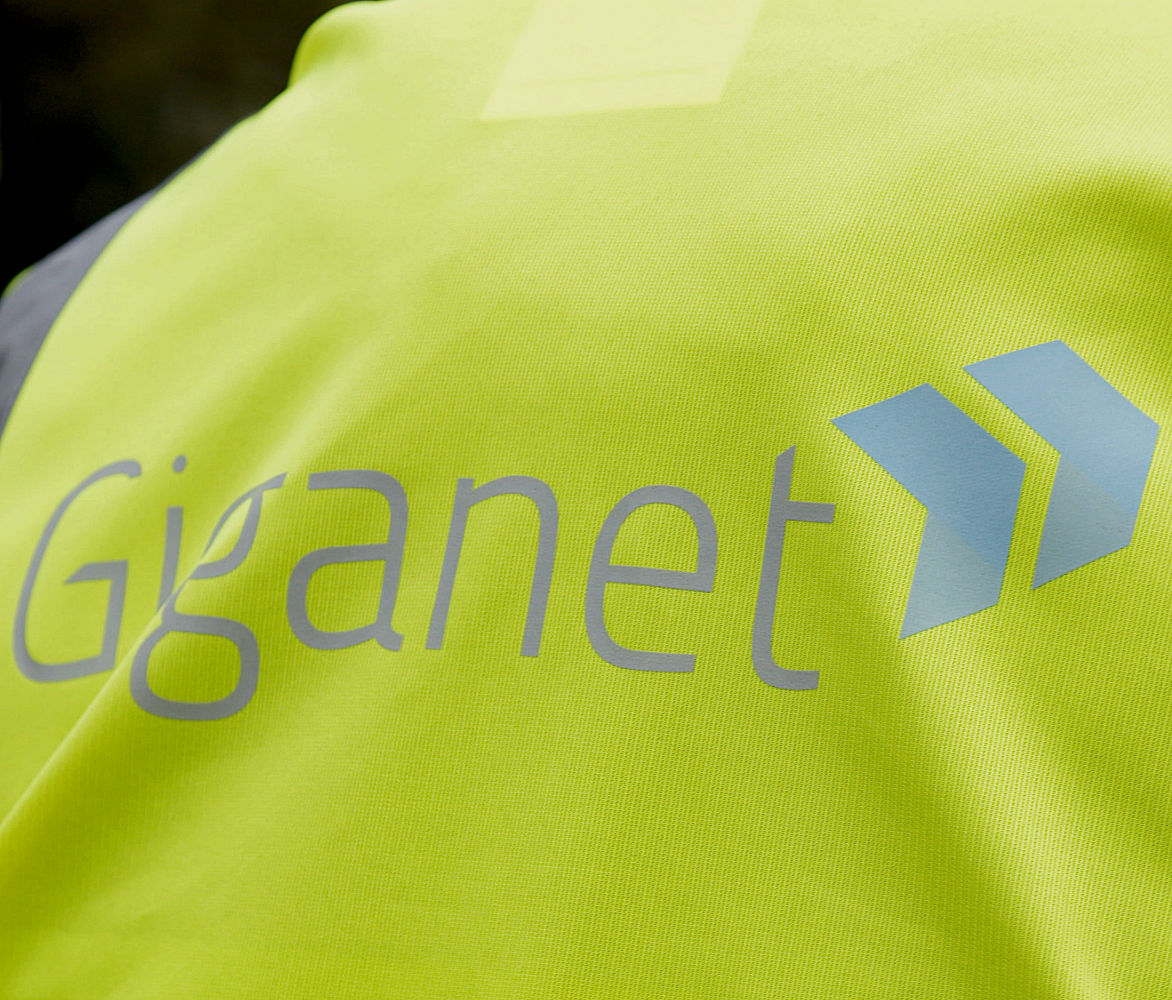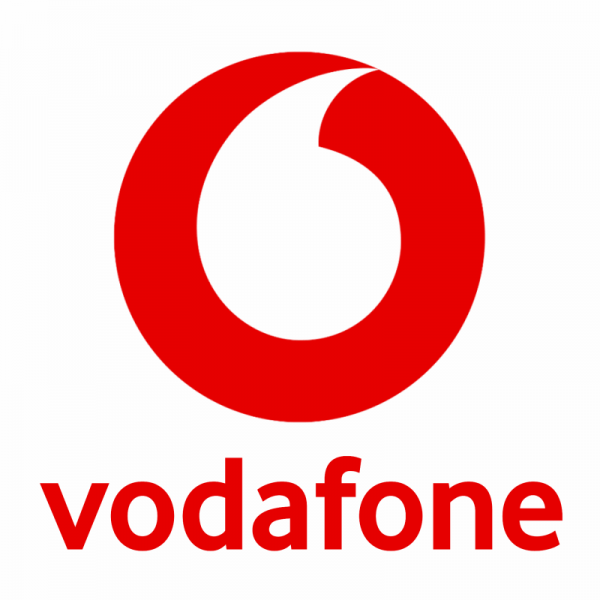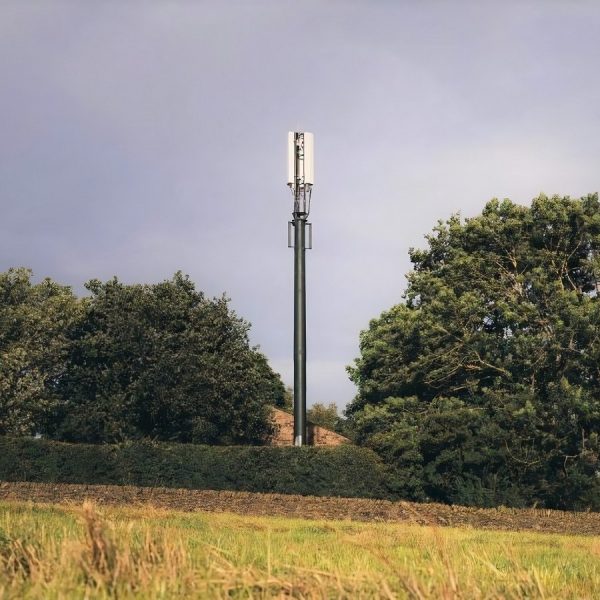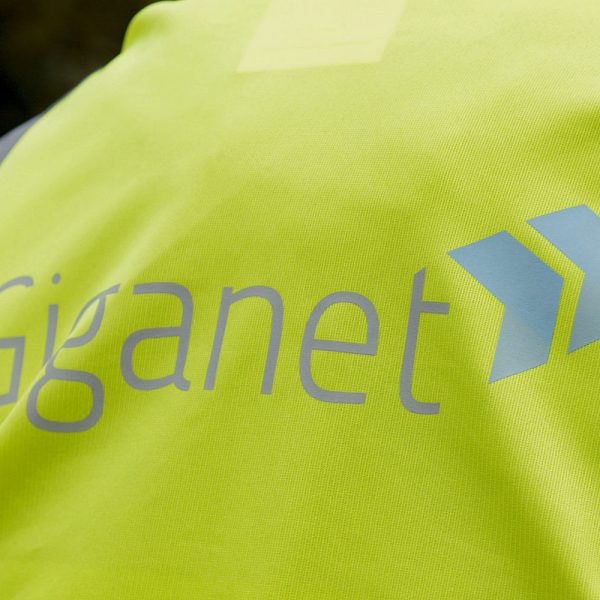Virgin Media Adverts Still Can’t Tell Copper Coax from Fibre Optic
The seemingly endless debate about the pros and cons of advertising hybrid-fibre broadband connections as “fibre optic” has once again reared its head after a number of refreshed adverts for Virgin Media’s cable network began promoting their service as “optical fibre” alongside pictures of what is clearly a copper core coaxial cable.
The situation is of course nothing new and has cropped up plenty of times before (examples here and here), although previously Virgin Media has been slightly better with their promotions and up until recently they were at least mentioning the use of coax cable on some of their ads (we praised them for that).
But today the new norm is for pictures of Virgin’s coax cable to be labelled as “optical fibre“, which is confusing because some ISPs actually do provide significantly faster pure fibre optic connections to homes and businesses (e.g. Hyperoptic, Gigaclear, B4RN).
Coax cables are metal and carry electrical signals, while fibre optic lines are made of glass or plastic and carry signals using laser light (the later method is generally much faster).
Next generation optical fibre. Illustrated with a copper coaxial cable. pic.twitter.com/nS44h3dyOc
— David Cannings (@edeca) February 16, 2016
Dear @virginmedia this a coax cable not a fibre optic cable pic.twitter.com/yFsB8azICy
— #IAmStillAEuropean #RejoinEU (@stuarthatto) March 3, 2016
By comparison Virgin Media’s DOCSIS cable network is predominantly a Fibre-to-the-Cabinet (FTTC/N) style solution like Openreach’s VDSL based “fibre broadband” products (note: we’ve yet to see an Openreach based ISP show a picture of copper twisted pair alongside a “fibre optic” claim), which only take the fibre optic cable to your local street cabinet and then use an existing copper or coax copper cable to your home.
However it should be said that there are a few minority exceptions. Even Openreach have some pure fibre optic (FTTP) lines (around 200,000 premises are within reach of those) and similarly Virgin Media are also deploying FTTP on a small scale, albeit alongside Radio Frequency over Glass (RFoG) in order to make it compatible with their DOCSIS cable network.
The Advertising Standards Authority (ASA) controversially allows hybrid-fibre broadband products to be promoted as “fibre optic” or “fibre broadband” (this is why we tend to put FTTC “fibre broadband” in speech marks or refer to it as hybrid fibre), which flows from an old February 2008 ruling that found in Virgin Media’s favour and has since irritated proponents of the correct definitions.
At the time the ASA took the view that the coax element of Virgin’s network was only a small part of their fibre optic backhaul and thus the ISP was deemed to have been justified in describing their service as “fibre optic“, even though this sort of promotional flexibility could in theory also be applied to everything from ADSL2+ to Wireless networks and indeed it sometimes has (*cough* “Fibre over Wireless” *cough*).
Mind you the market of 2008 was also a very different one from today and rival FTTP/H services, particularly in the domestic connectivity space, simply didn’t exist to any noticeable degree. Today there are close to 500,000 such premises being covered by related technology and this may rise to 1-2 million within the next few years.
So perhaps now would be a good time for the ASA to review their original decision in order to reflect how the market has changed, which is exactly what France did last year (here) and many of our readers supported their move. For a fuller perspective on this topic, see our article – Will the Real Fibre Optic Broadband Service Please Stand Up.
In the meantime no amount of moaning about the issue will change the fact that ISPs are officially allowed, for good or ill, to promote their services as “fibre optic“; even when the cable or radio link that connects to your home is not an optical one. We just have to live with that fact. Queue the usual battle of comment spam.
Lest we not forget that most people will continue to gauge performance by service speed rather than technical definition.
Mark is a professional technology writer, IT consultant and computer engineer from Dorset (England), he also founded ISPreview in 1999 and enjoys analysing the latest telecoms and broadband developments. Find me on X (Twitter), Mastodon, Facebook and Linkedin.
« Scottish Community Goes 1 Month Without Broadband and Phone
Latest UK ISP News
- FTTP (5515)
- BT (3514)
- Politics (2537)
- Openreach (2297)
- Business (2262)
- Building Digital UK (2244)
- FTTC (2043)
- Mobile Broadband (1973)
- Statistics (1788)
- 4G (1664)
- Virgin Media (1619)
- Ofcom Regulation (1461)
- Fibre Optic (1395)
- Wireless Internet (1389)
- FTTH (1381)
























































Comments are closed